McDonnell Douglas F/A-18 Hornet — U.S. Navy’s Do-It-All Aircraft
Most U.S. Air Force fighters look pretty elegant up close. The Wing Nuts are fairly compulsive about maintenance, and their aircraft always seem to operate out of the sort of spotless five-star facilities where one might otherwise perform brain surgery.
The F-15 Eagle, F-16 Fighting Falcon, F-22 Raptor and F-35 Lightning II are all sleek, sexy and beautiful. Oddly, that was not my impression the first time I got up close and personal with an F/A-18. The Hornet, at least the one I crawled all over, looked more like a souped-up farm truck.
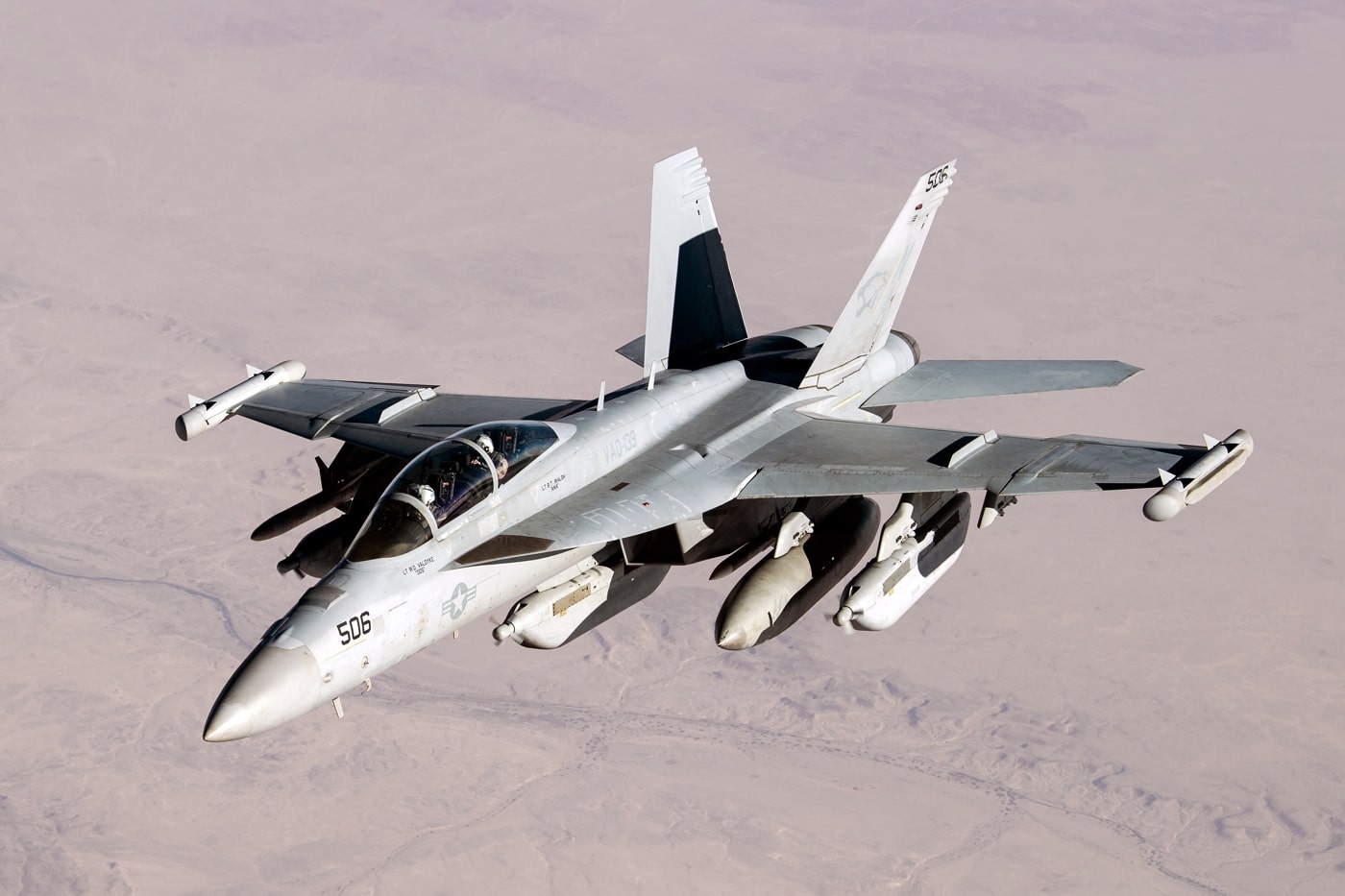
Now, don’t get me wrong. It was an epically powerful truck, but it was still fairly utilitarian. This is obviously one profoundly rugged airplane. The landing gear look like you could drop the thing from the top of a tall building and have it come through unscathed. Additionally, there were exposed lifting hooks and such that seemed to spoil the plane’s naturally clean lines.
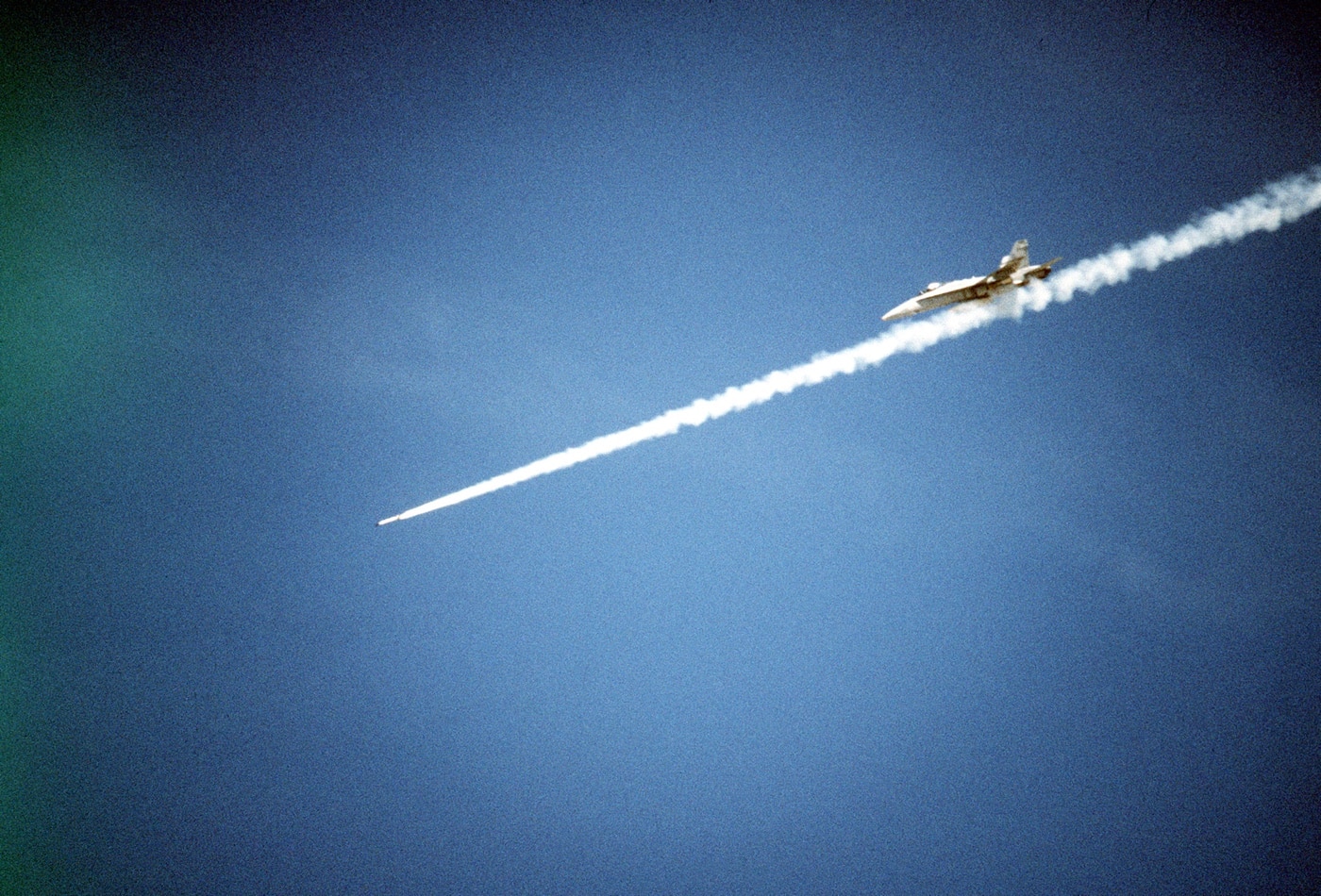
The Navy’s solution to these few eccentricities was the generous application of raw unfiltered power. In action, the Hornet is quite the manly machine.
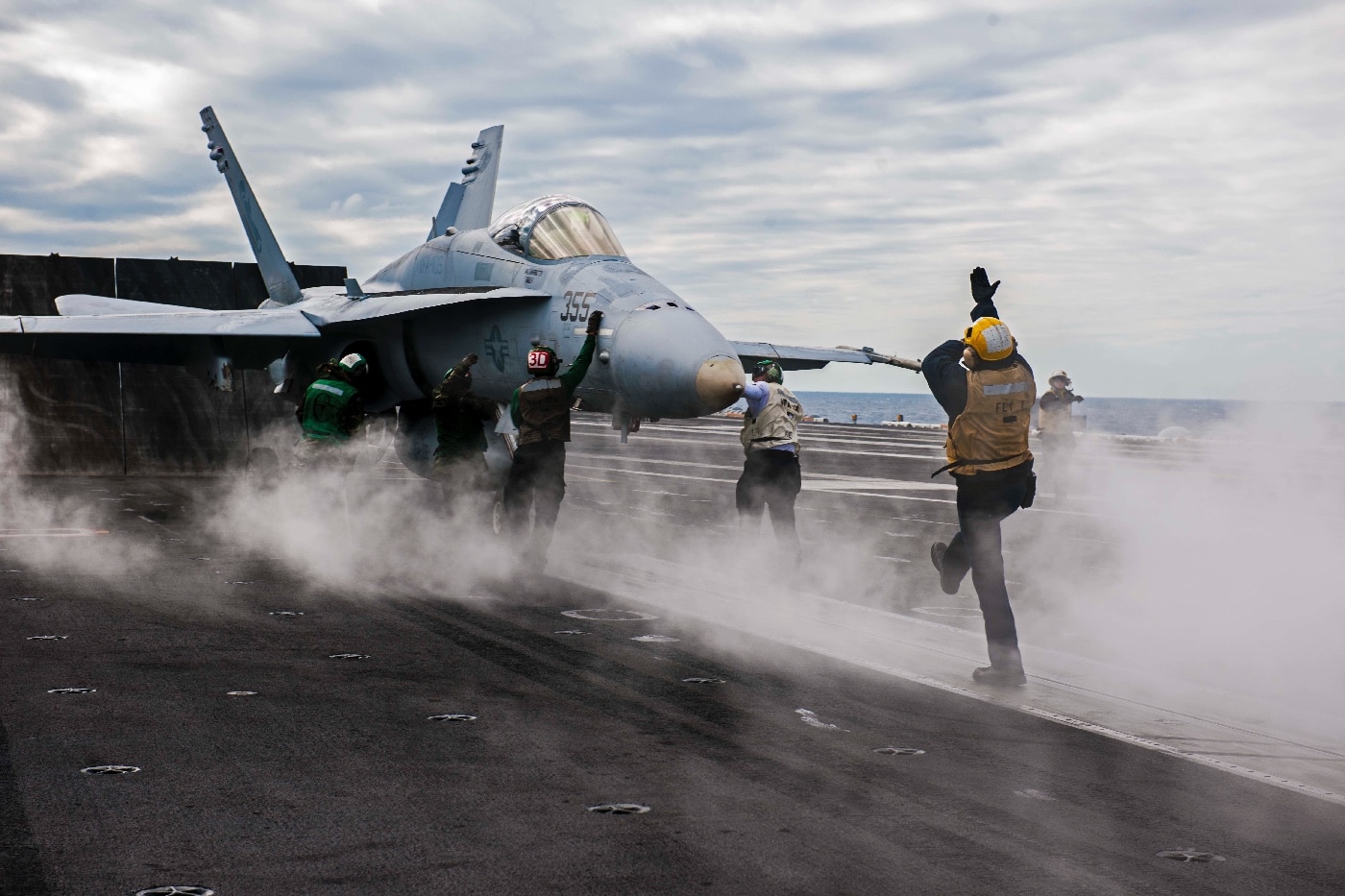
Origin Story of the F-18 Hornet
The F/A-18 was actually indirectly born of the US Air Force Lightweight Fighter (LWF) program begun in earnest in the 1970’s. At around the same time, the Navy embarked upon their Naval Fighter-Attack, Experimental (VFAX) enterprise.
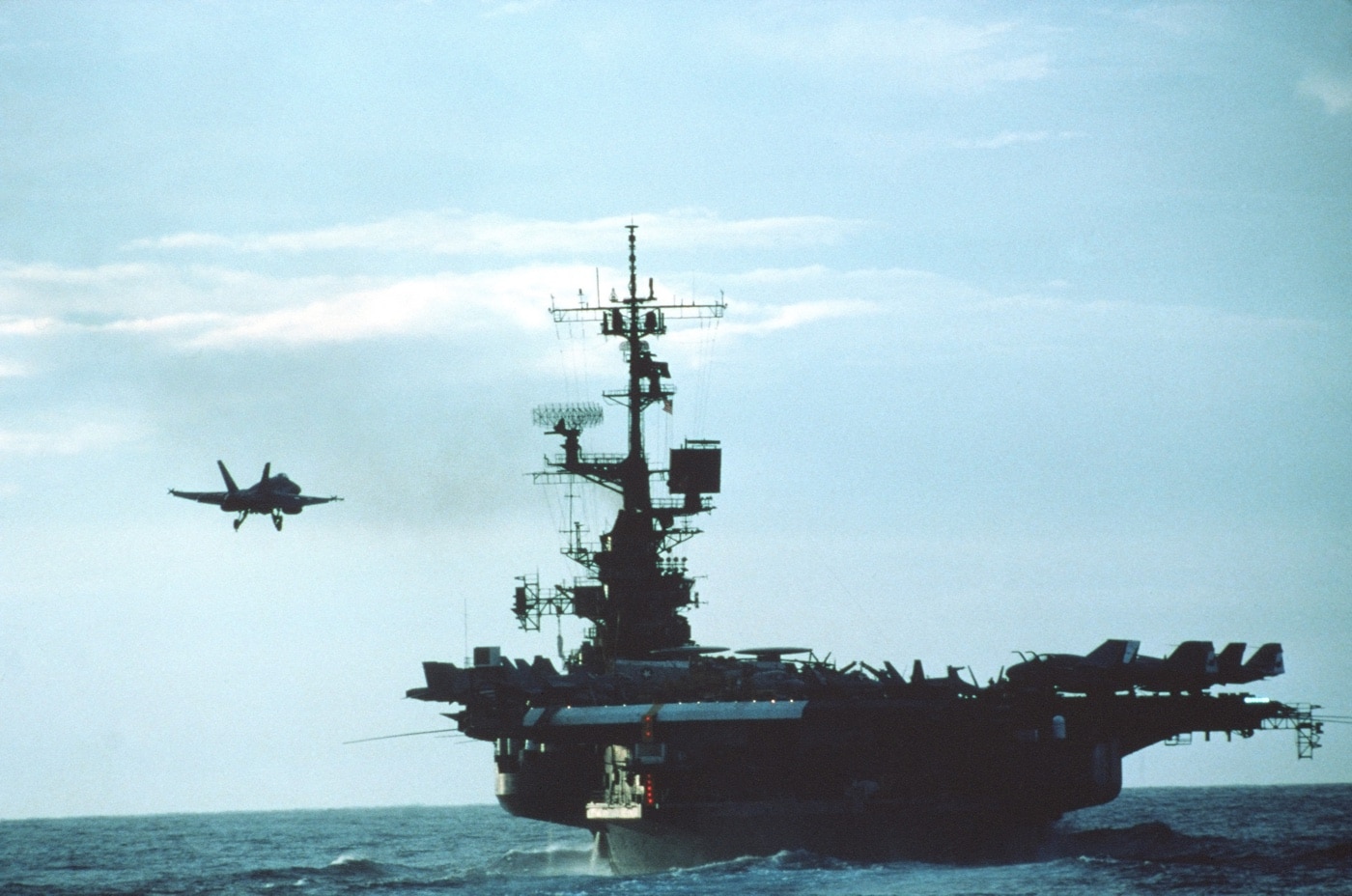
The goal of VFAX was to procure a single relatively inexpensive tactical aircraft that would replace the A-7 Corsair II, the A-4 Skyhawk, and the F-4 Phantom II. The desired airplane was supposed to be a one-size-fits-all solution for missions ranging from ground attack up through fleet air superiority.
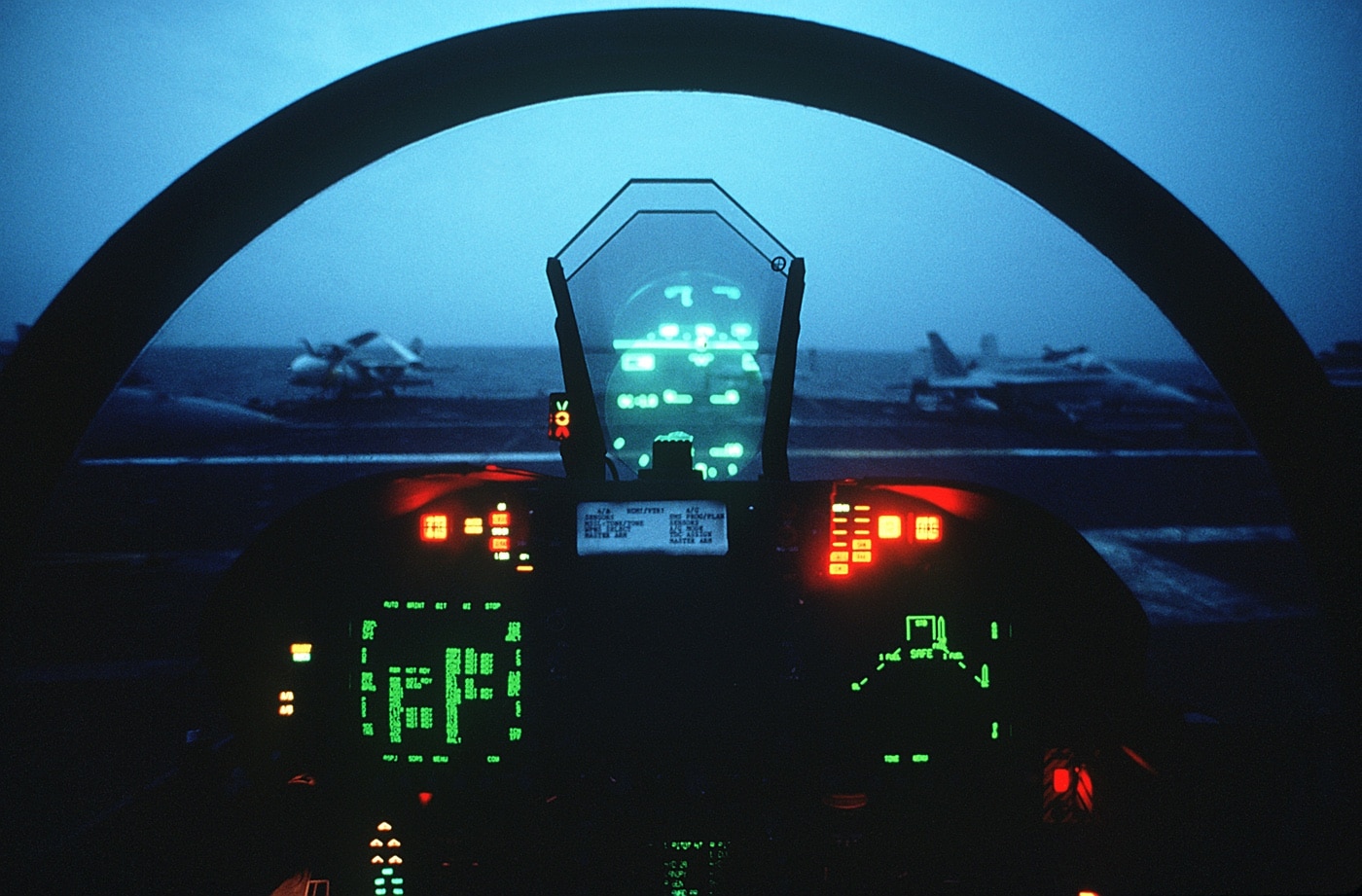
The overall intent was that the VFAX airplane would serve alongside the F-14 Tomcat, but would otherwise replace most everything else. That was indeed an honorable goal.
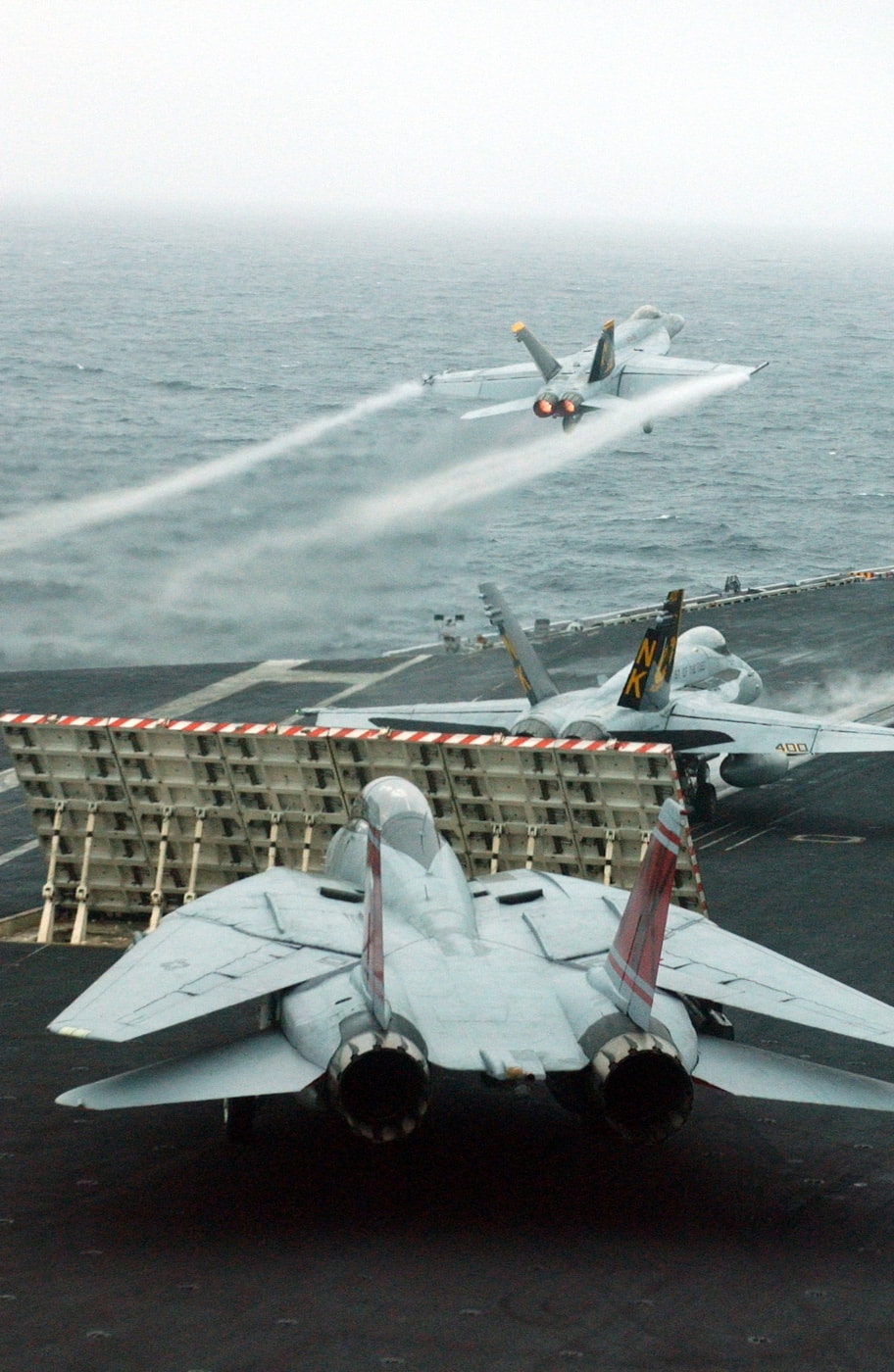
These sundry aviation programs are astronomically expensive. We Americans make the finest combat aircraft on the planet, but efficiency has never been our strong suit. In 1973, Congress told the Navy to find some ways to save money.
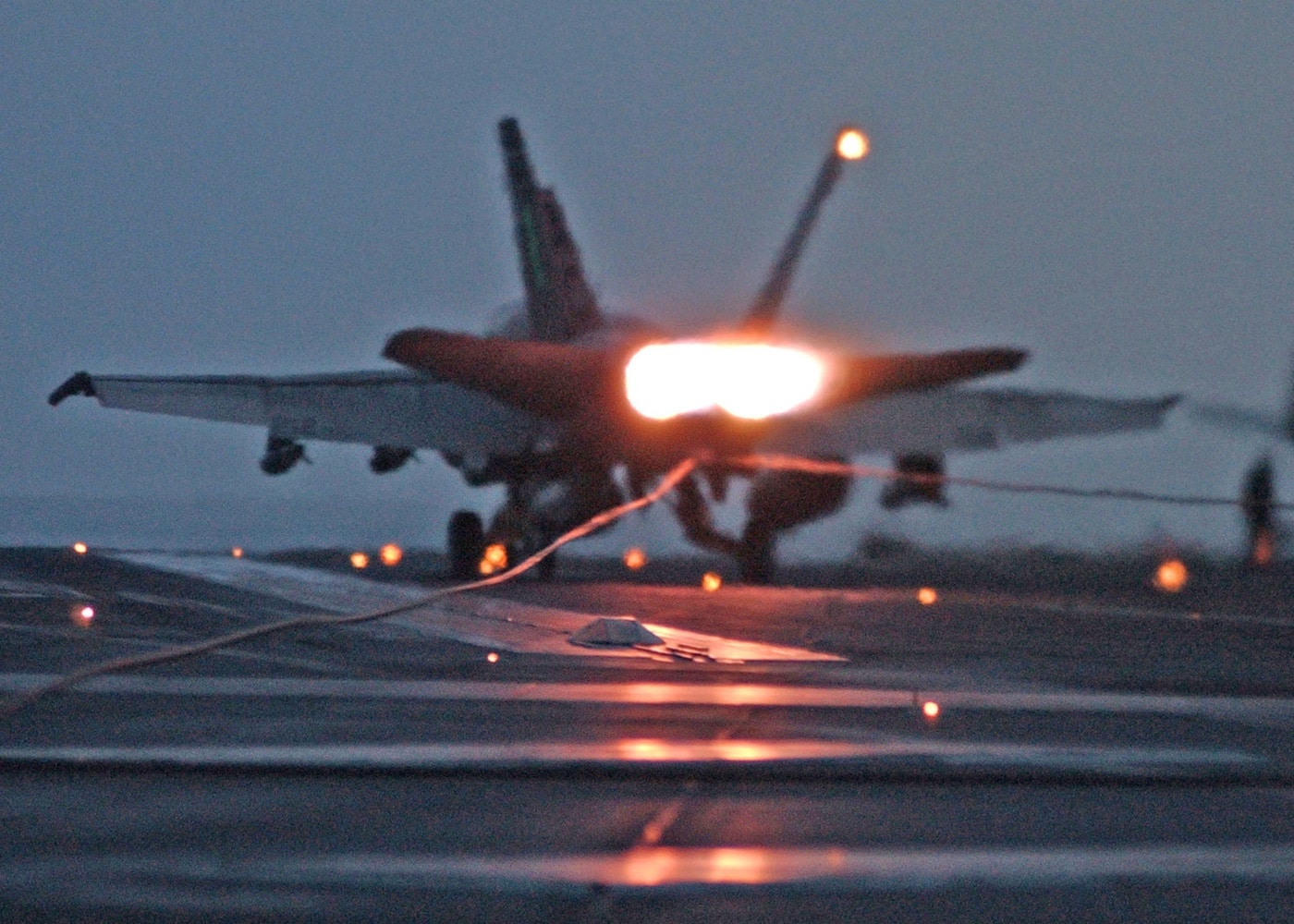
While a stripped-down F-14 and navalized version of the F-15 were briefly considered, they both still cost an absolute fortune. That’s when Secretary of Defense James Schlesinger noticed that the Air Force was busy doing something very similar right down the street. He directed the Navy to drop by and see if anything seemed interesting.
The Air Force LWF program had been distilled down to the single-engine General Dynamics YF-16 and the twin-engine Northrop YF-17. After an extensive flyoff, the Air Force was smitten with the F-16 and tried to interest the Navy in the nimble little plane. However, Naval aviators were none too keen on striking out over vast expanses of water looking for an aircraft carrier in a spindly little single-engine airplane with such narrow landing gear.
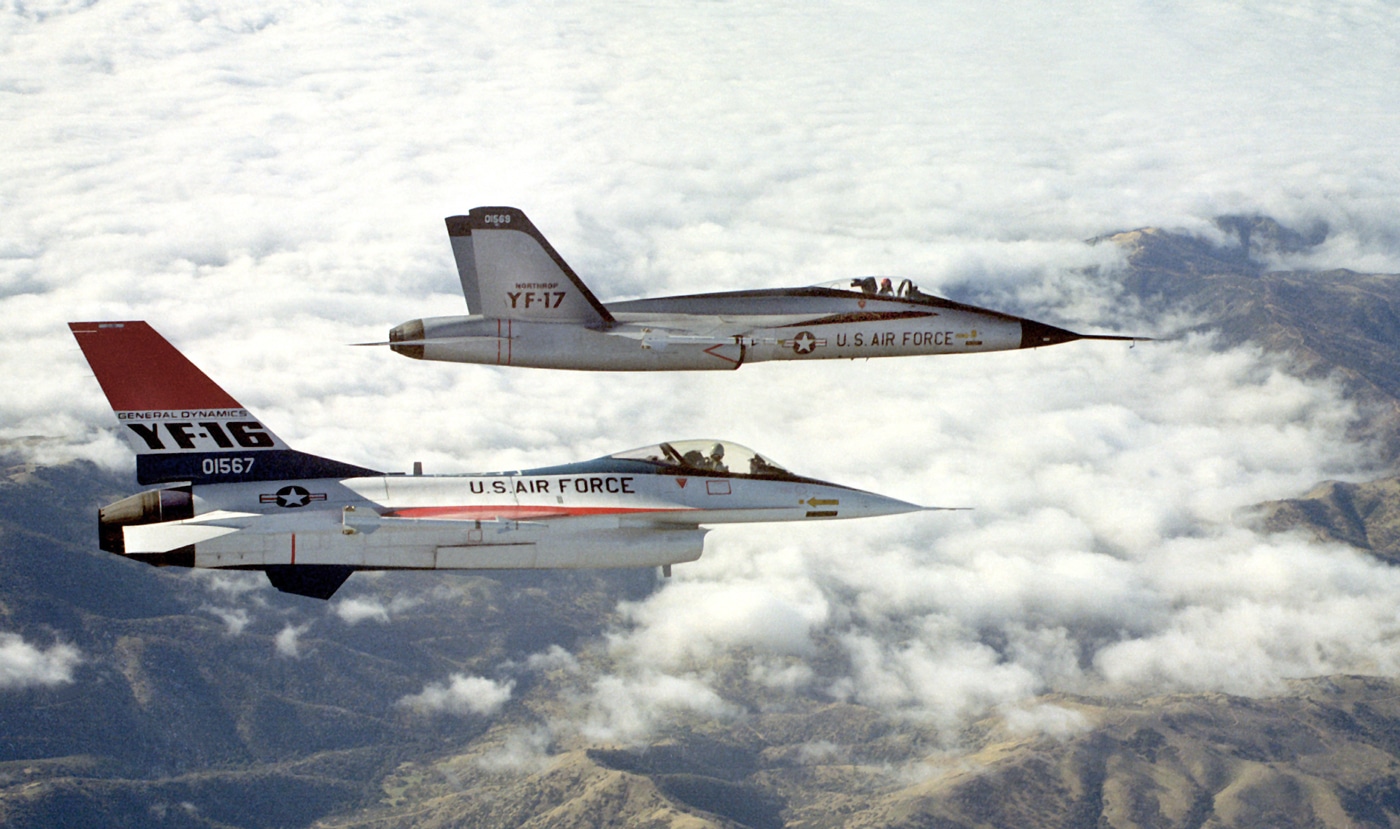
However, the loser YF-17 looked promising. The Navy asked Northrop to tweak the YF-17 to make it better suited for carrier operations. In 1977, the new plane was rechristened the F-18 Hornet. The Squids were thrilled with their sparkly new play toy.
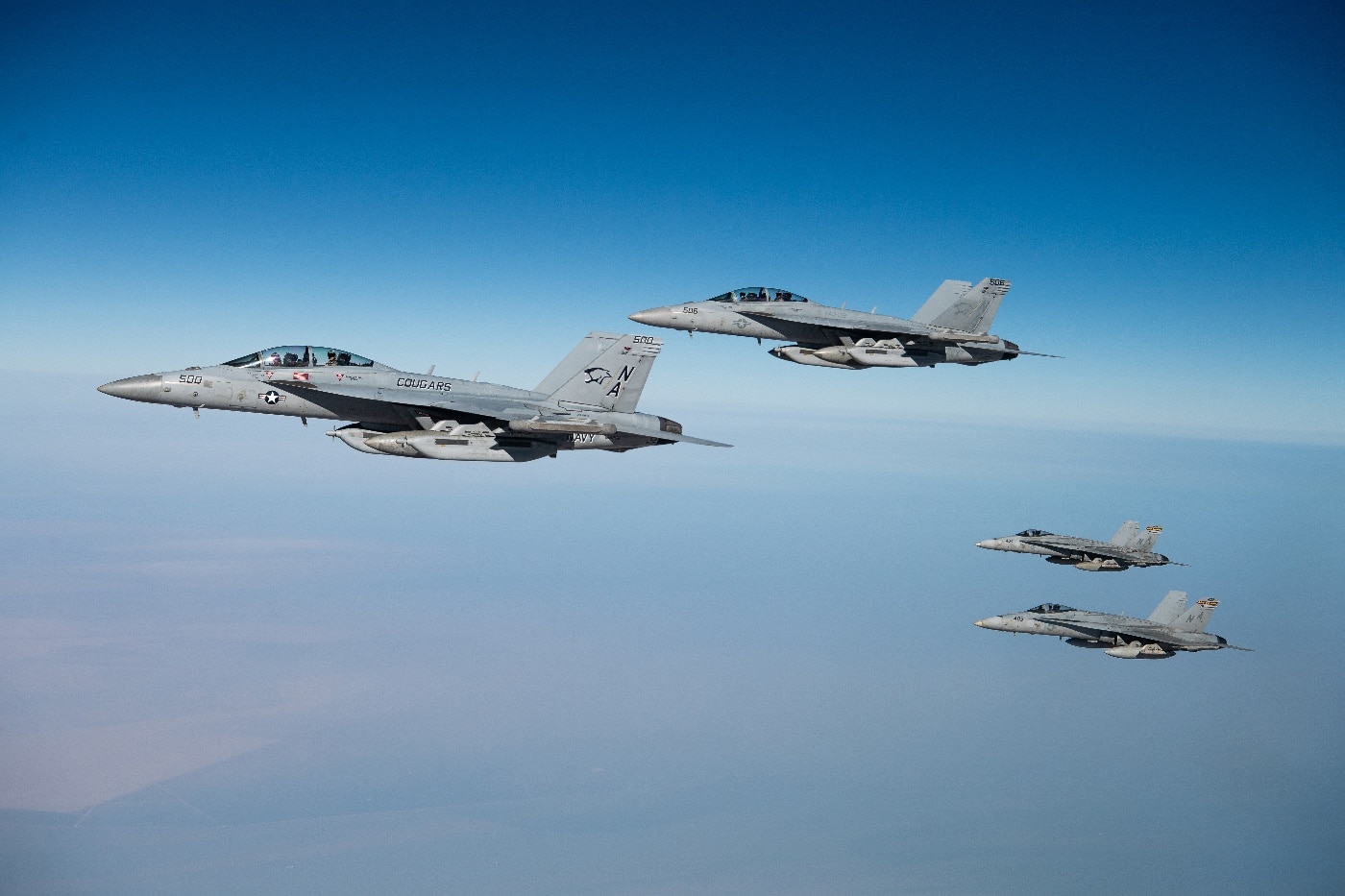
The Hornet Grows Some Fangs
The F-18 turned out to be an exceptionally versatile airplane. It had been drastically modified from the original YF-17 to make it tougher, more forgiving and more powerful.
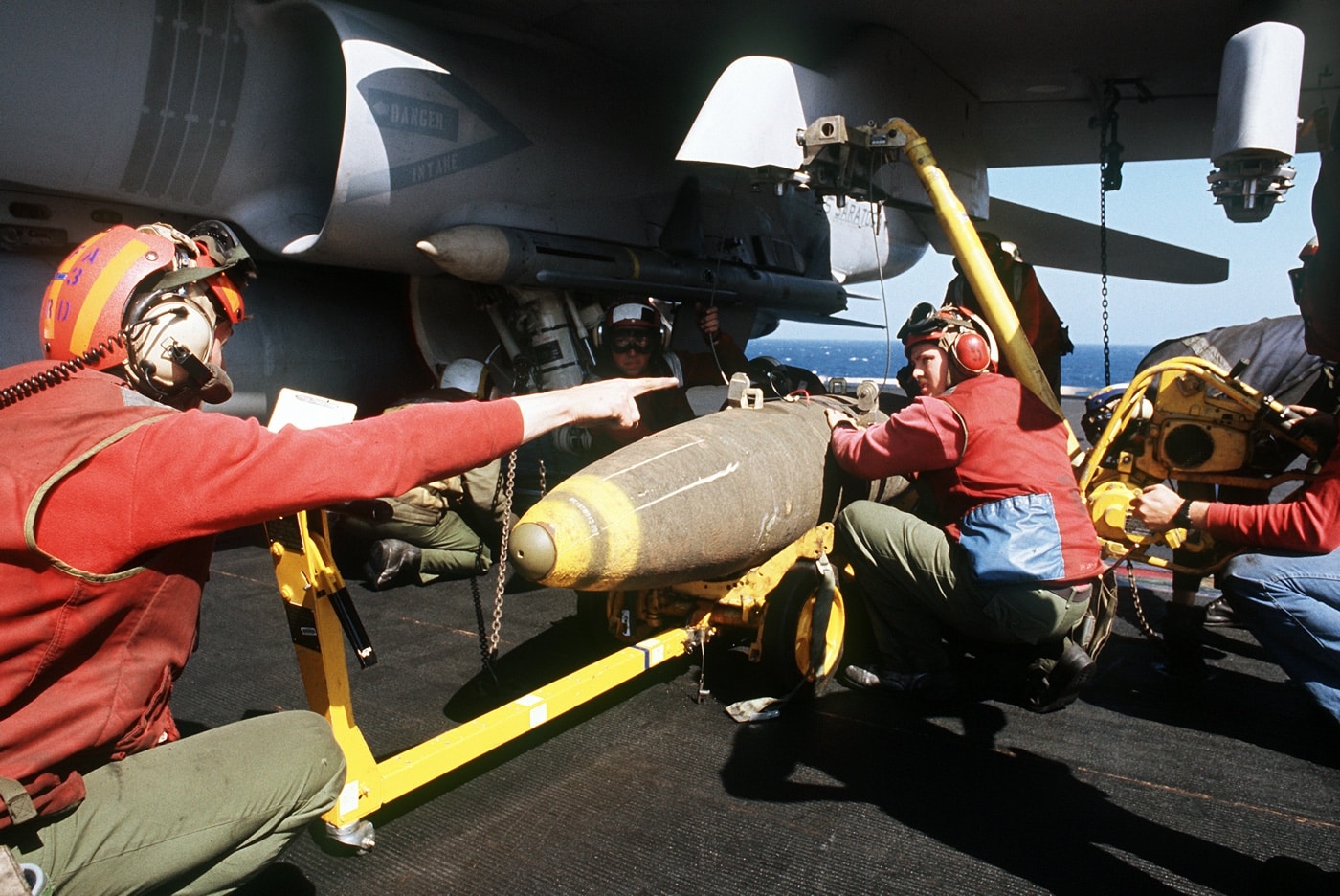
The original plan was to buy F-18 fighter versions along with dedicated A-18 attack planes. However, with a little judicious tweaking and the addition of advanced multifunction displays, state-of-the-art weapons and cutting-edge avionics, the result was the multirole F/A-18. The new Hornet represented the elusive effective tactical compromise.
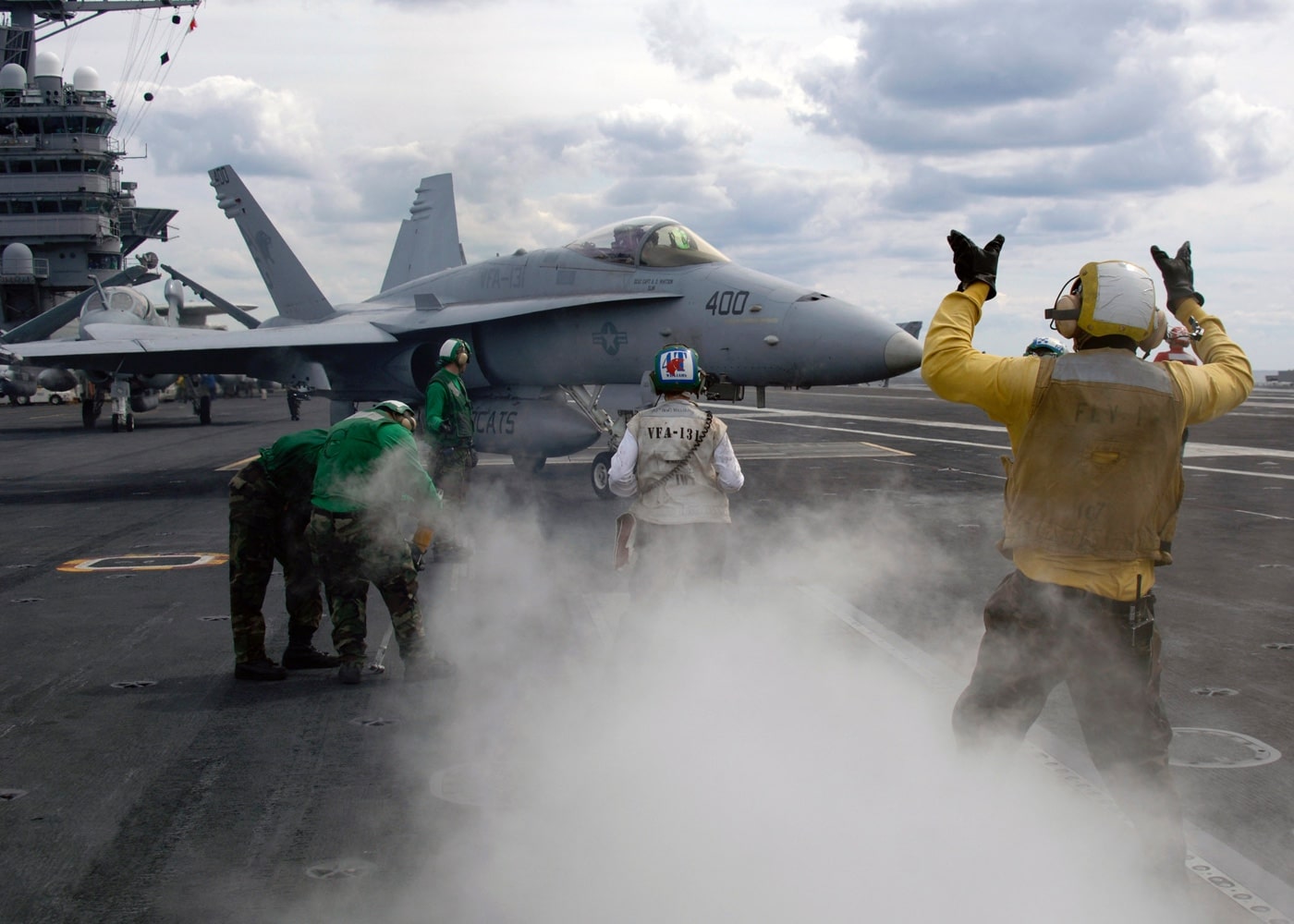
Along the way, Northrop joined forces with McDonnell Douglas to leverage the latter company’s extensive experience building carrier aircraft. However, this relationship soured over potential export contracts. Lawyers got involved, and McDonnell Douglas ultimately paid Northrop $50 million for the rights to build the airplane. That turned out to be a pretty solid investment.
Super Hornet — A Bigger, Tougher, Better Aircraft
The F/A-18 Hornet was a great airplane loved and respected by both its pilots and ground crews. However, it had fairly short legs.
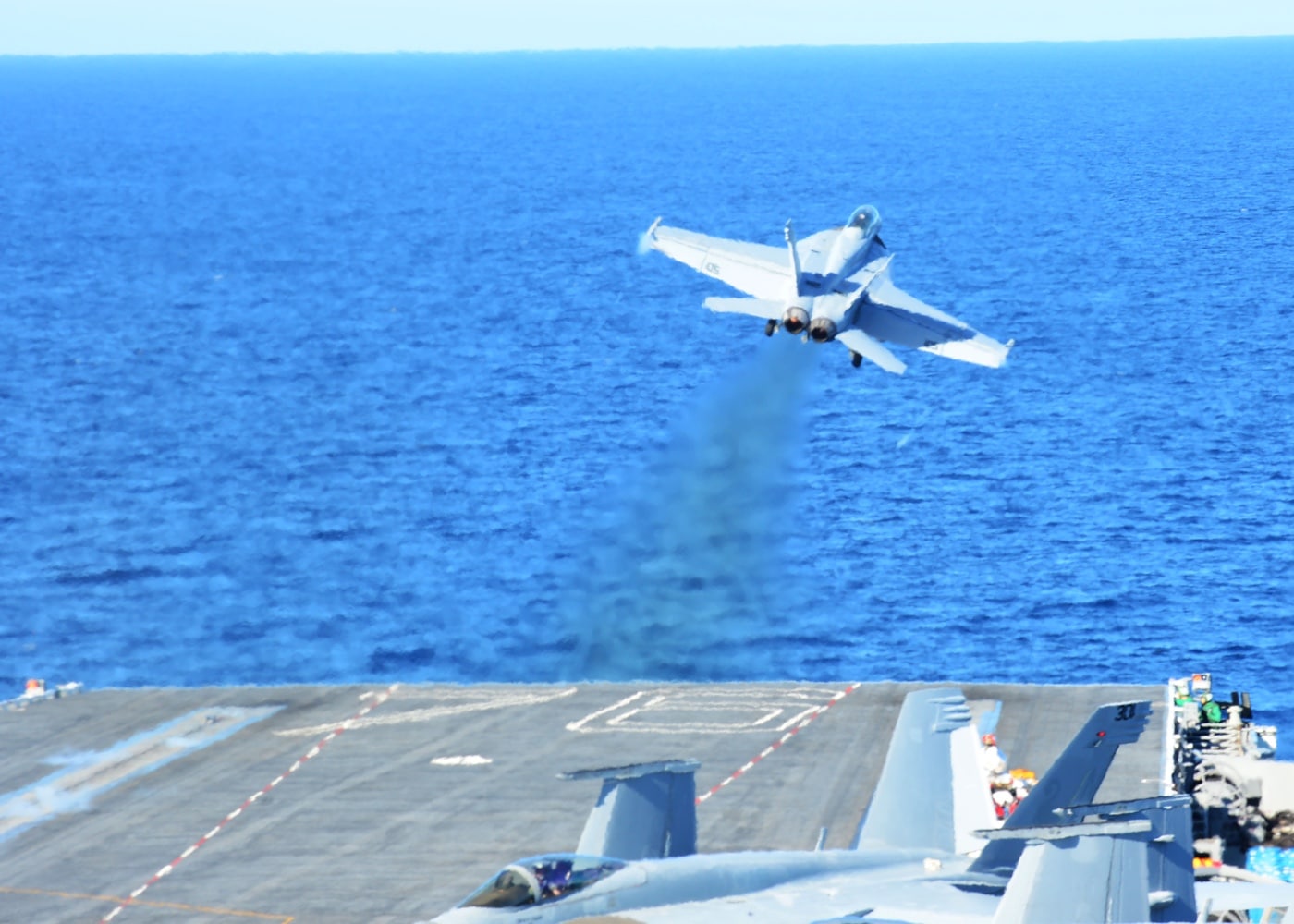
In an effort at enhancing performance and extending range, in the mid-1990’s the Navy commissioned McDonnell Douglas to build a longer, heavier version of the basic F/A-18. The resulting F/A-18E/F Super Hornet was a much more capable machine. The Super Hornet ultimately replaced the F-14 Tomcat while serving operationally alongside the earlier Hornets.
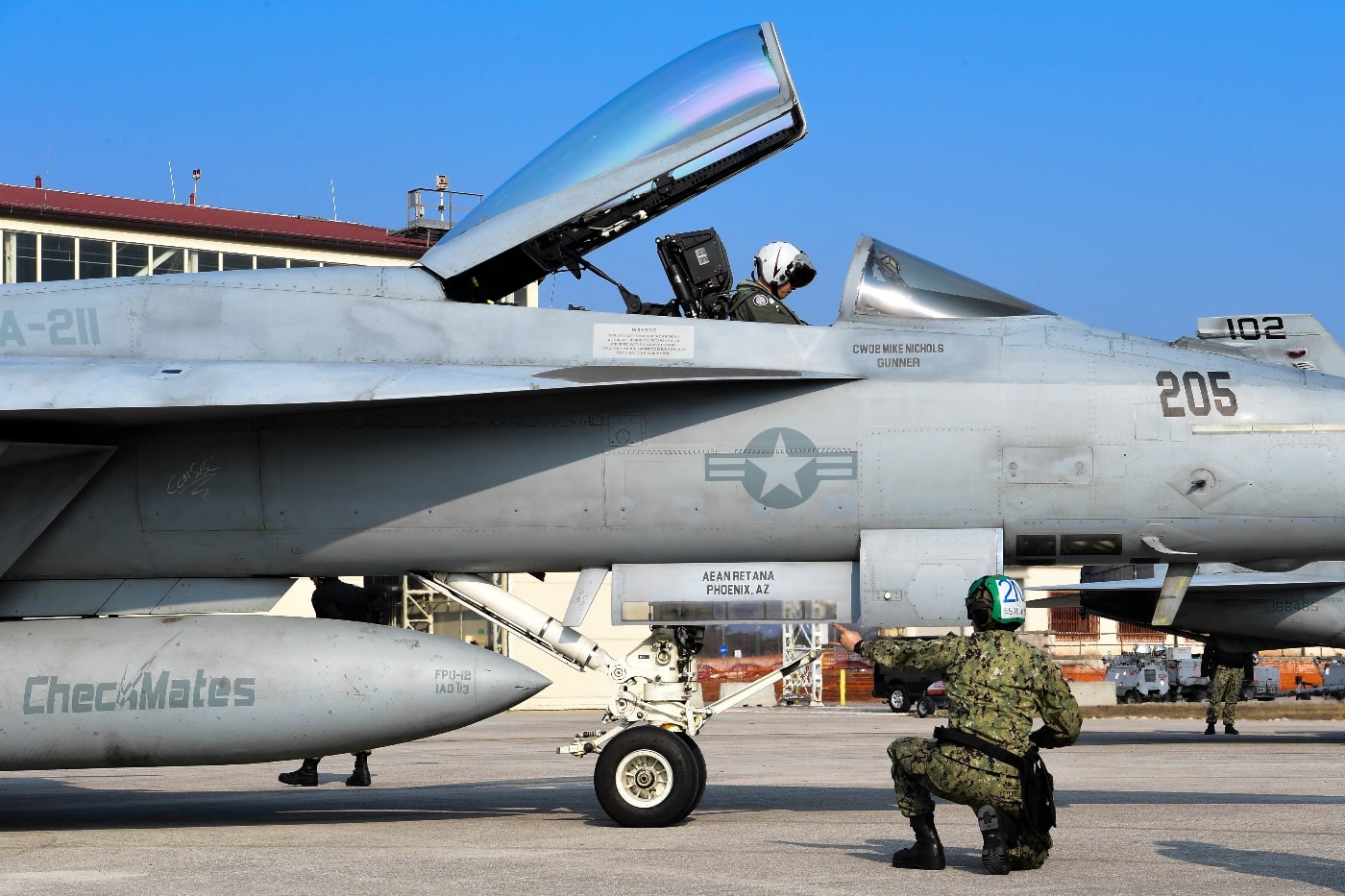
The American Military Industrial Complex is a bucket of snakes. Eventually, McDonnell Douglas merged with Boeing, and they sold Super Hornets to the U.S., Australia and Kuwait.
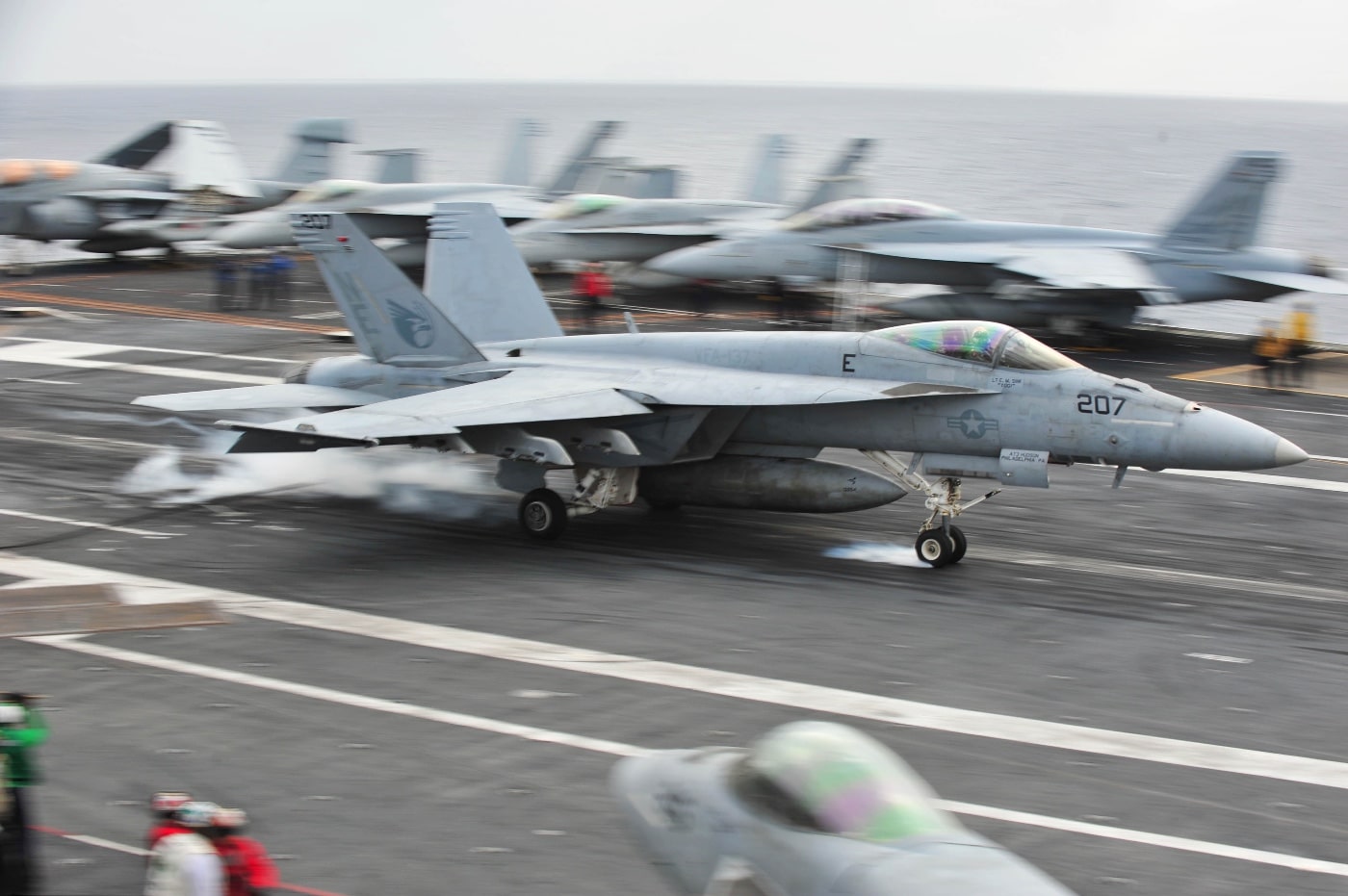
The Super Hornet was an improvement on the original smaller version from its advanced AESA (Active Electronically-Scanned Array) radar in the nose all the way back to its larger, more powerful engines in the tail. The new airplane was 20% larger and up to 15,000 pounds heavier than its svelte forebear.
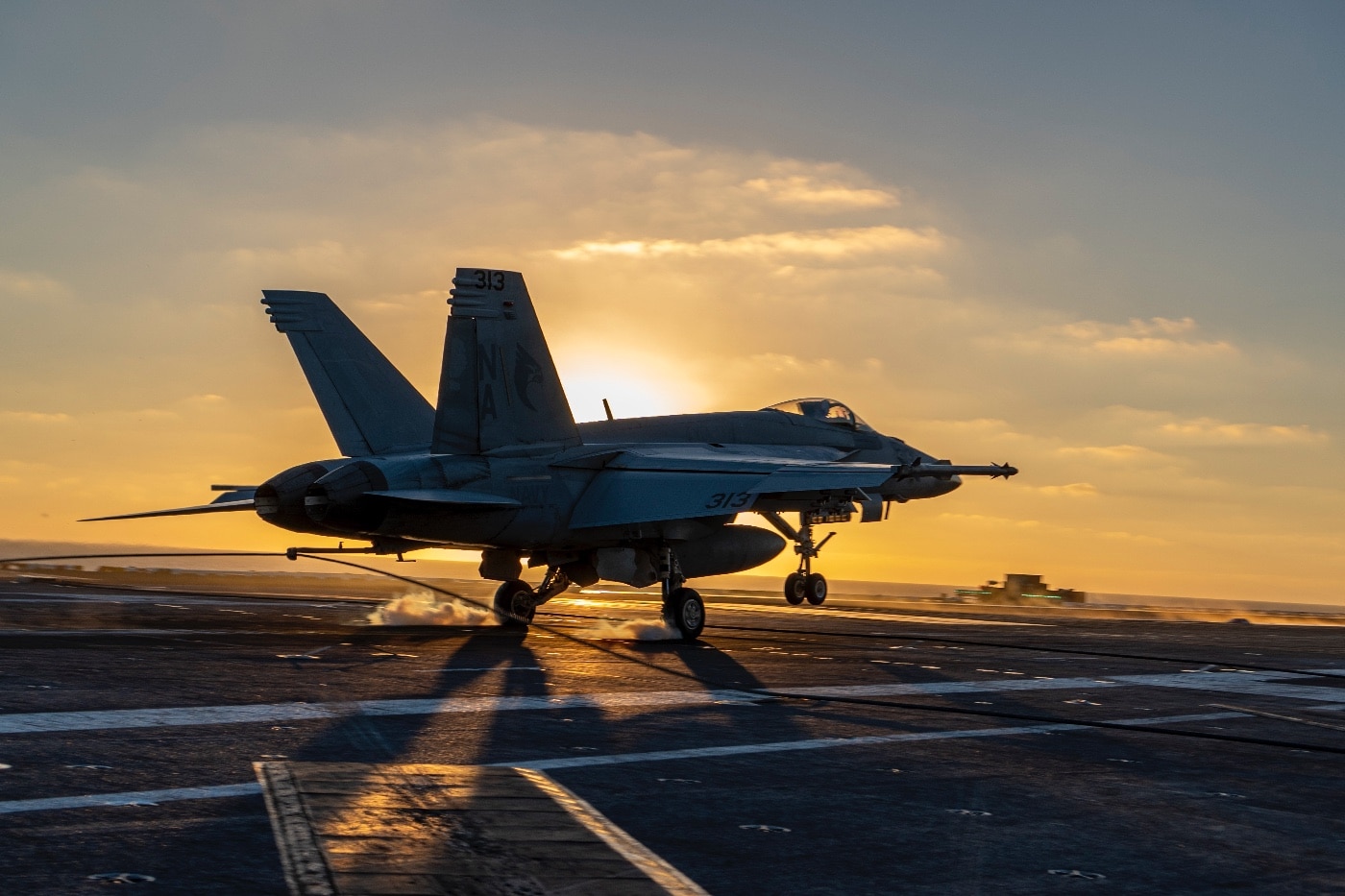
The Super Hornet really is a one-size-fits-all combat aircraft. It features some stealth characteristics to minimize its radar cross section and can serve in ground attack, air superiority, electronic warfare and aerial tanker roles.
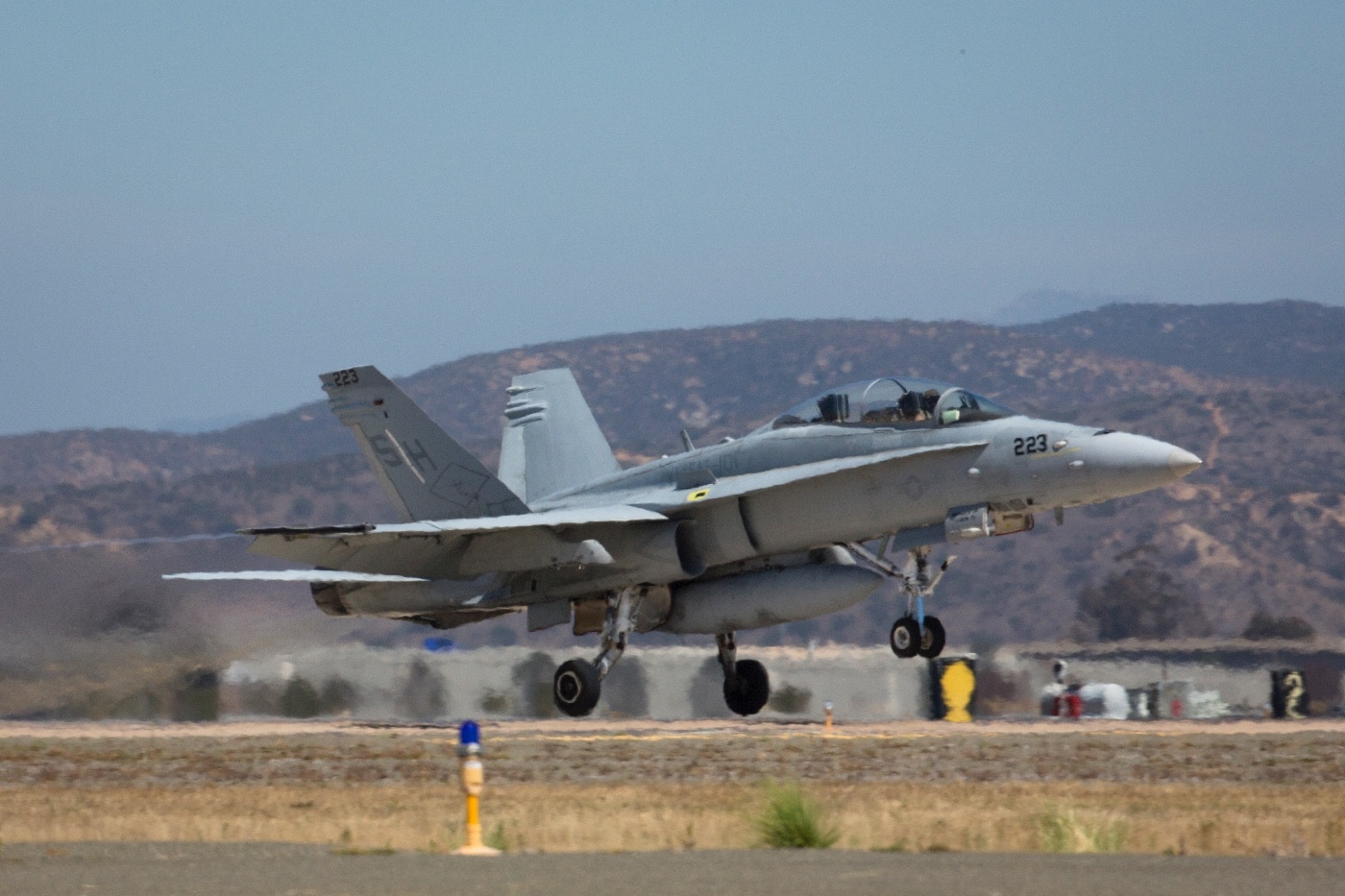
When equipped with the Aerial Refueling System (ARS), the Super Hornet tanker carries an external 330 U.S. gal tank with an associated hose reel on the centerline along with four external 480 U.S. gal tanks and its internal tanks.
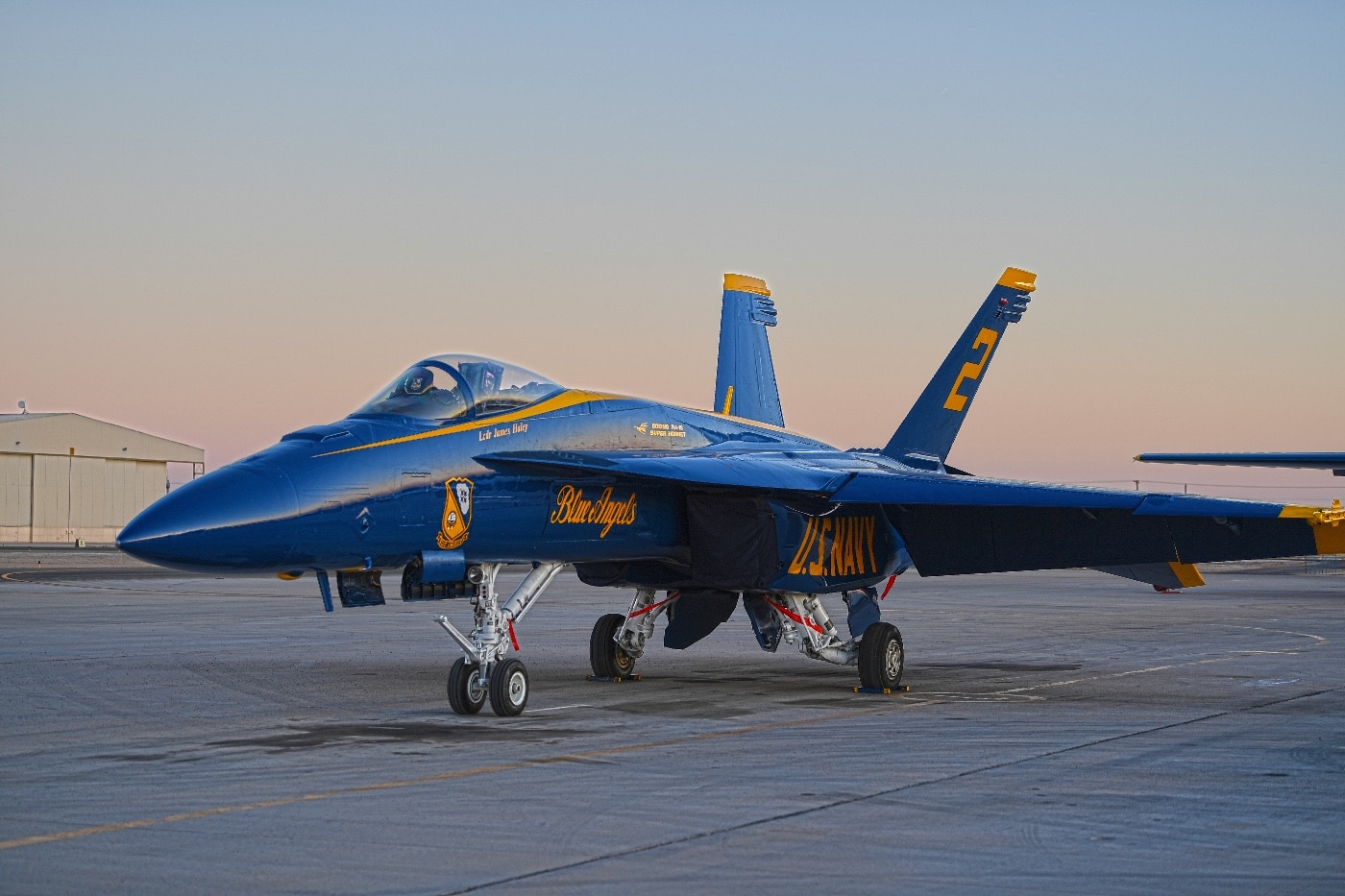
When operational, one-fifth of the air wing is typically dedicated to tanker duty. Thusly configured, these Super Hornets have a markedly shorter service life due to the extra weight and wear and tear stemming from packing all that go juice.
Operational Service History
The F/A-18 in all its variants has spread high explosive freedom across every battlefield Uncle Sam has visited since Libya in 1986. Hornets and Super Hornets have flown combat missions against Iraqi insurgents, the Taliban, ISIS, the Houthis, and the sundry low-rent terrorists who call Somalia home.
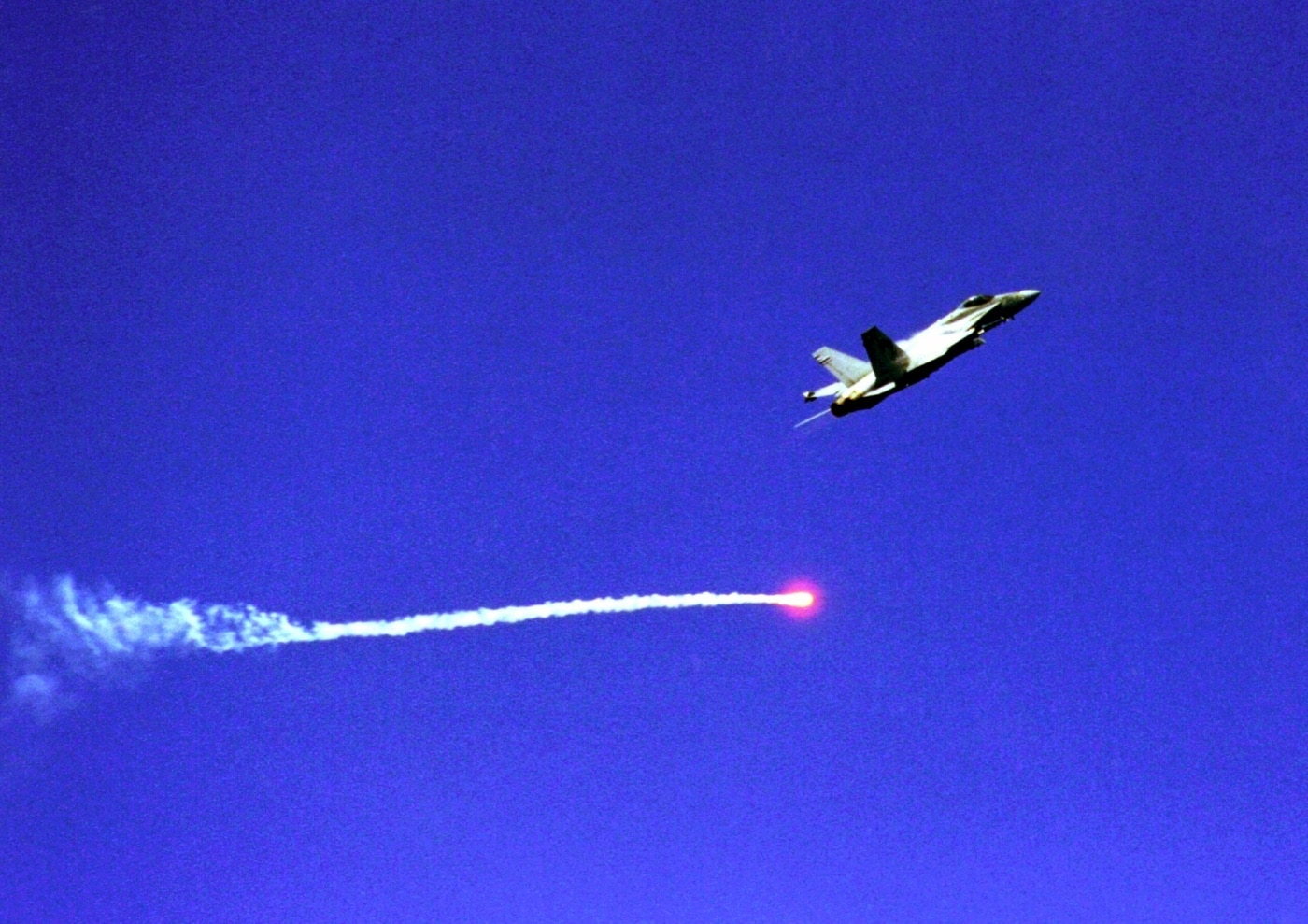
Along the way, they have also brought down a pair of MiG-21’s as well as an Su-22 in aerial combat.
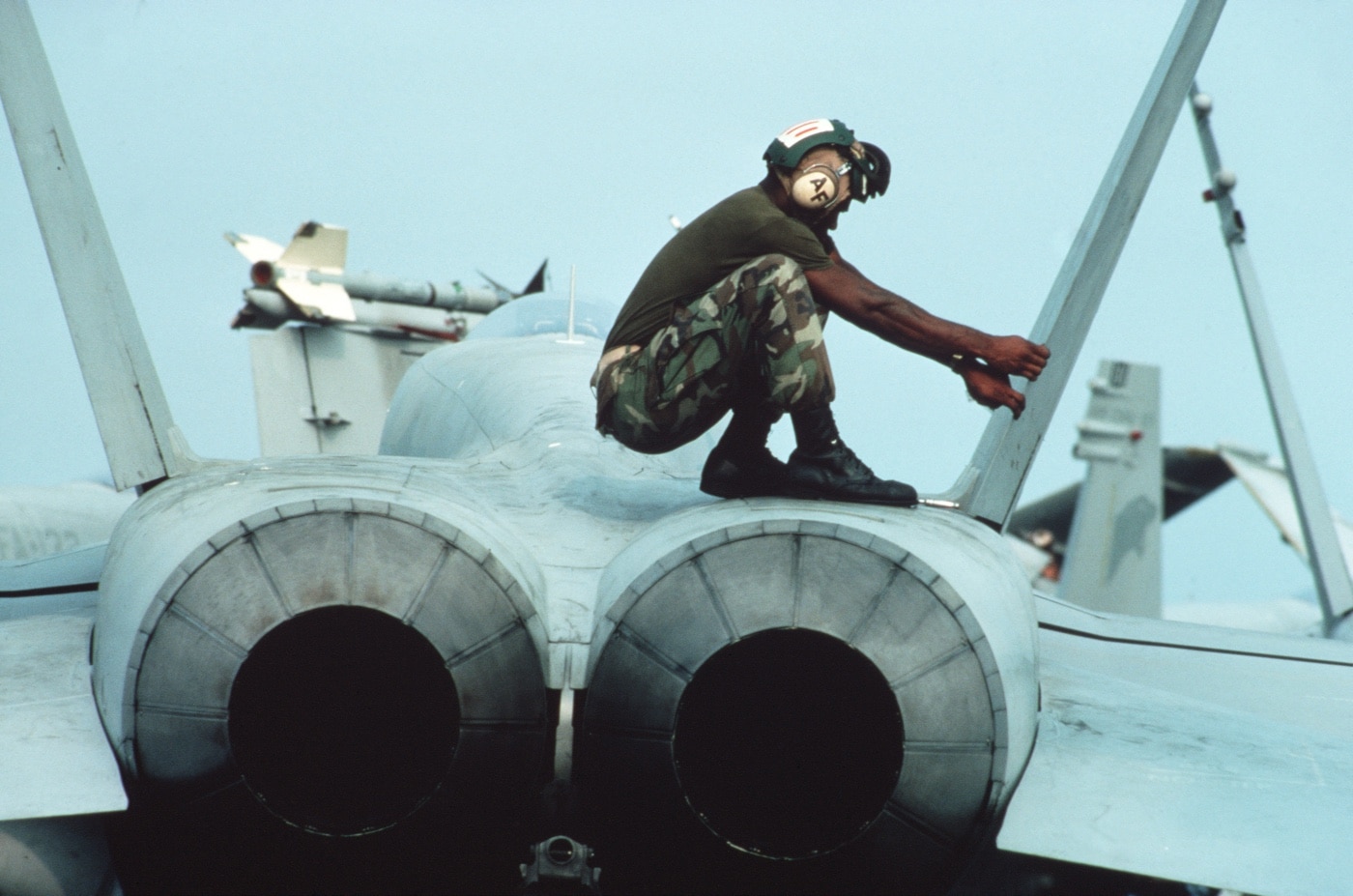
In 2009, the Navy first deployed the EA-18G Growler carrier-based electronic warfare aircraft. The Growler enjoys 90% commonality with the standard Super Hornet airframe and can accompany Super Hornets through all phases of their combat operations.
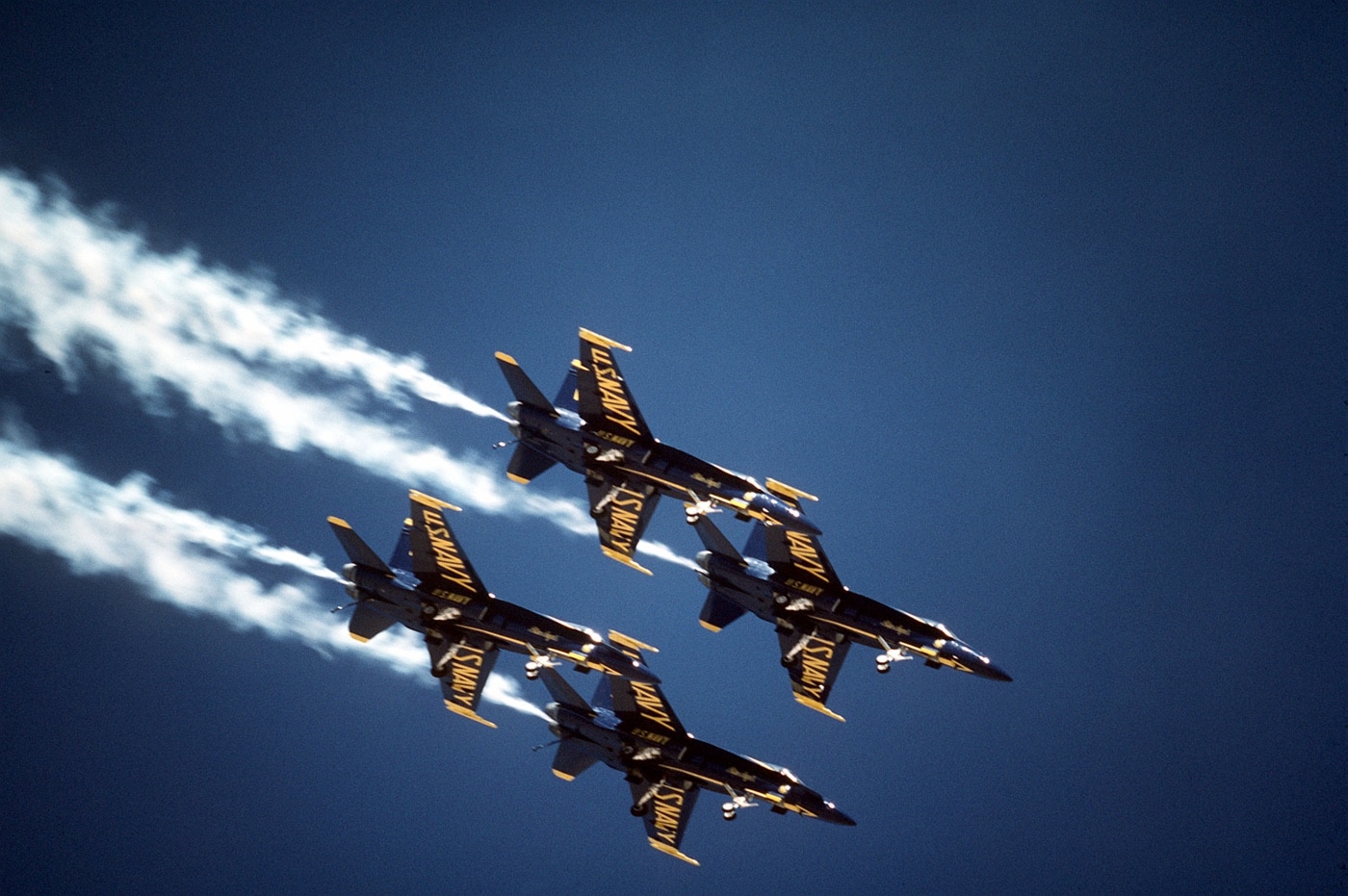
The U.S. Navy Blue Angels flight exhibition team has operated Super Hornets since 2021.
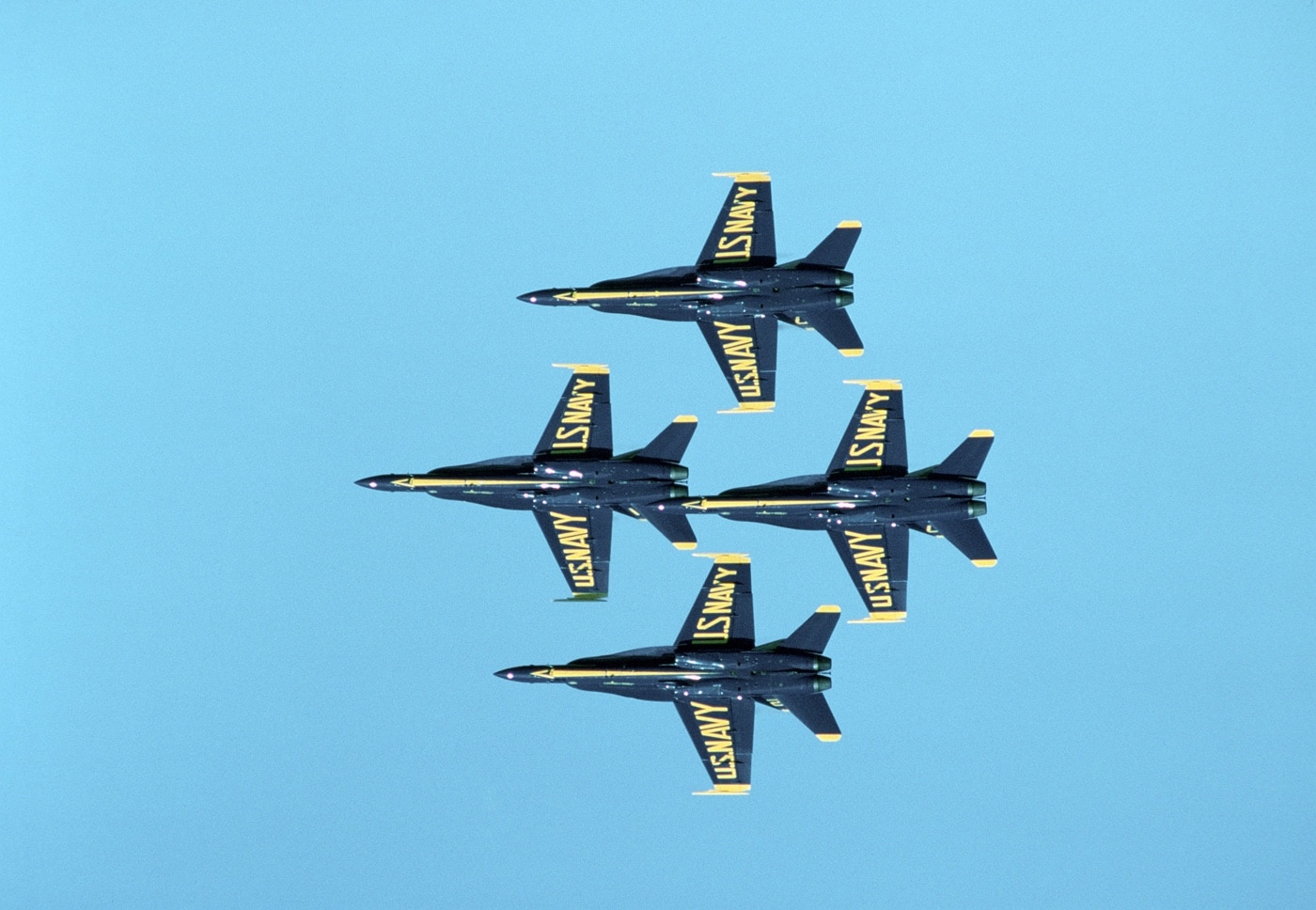
Ruminations
In 2022, Tom Cruise and director Joseph Kosinski launched Top Gun: Maverick. Most everybody on the planet saw that movie. Maverick and his elite flight crews flew one- and two-seat F/A-18 Super Hornets on a fairly contrived mission against a nameless threat country that was quite obviously Iran.
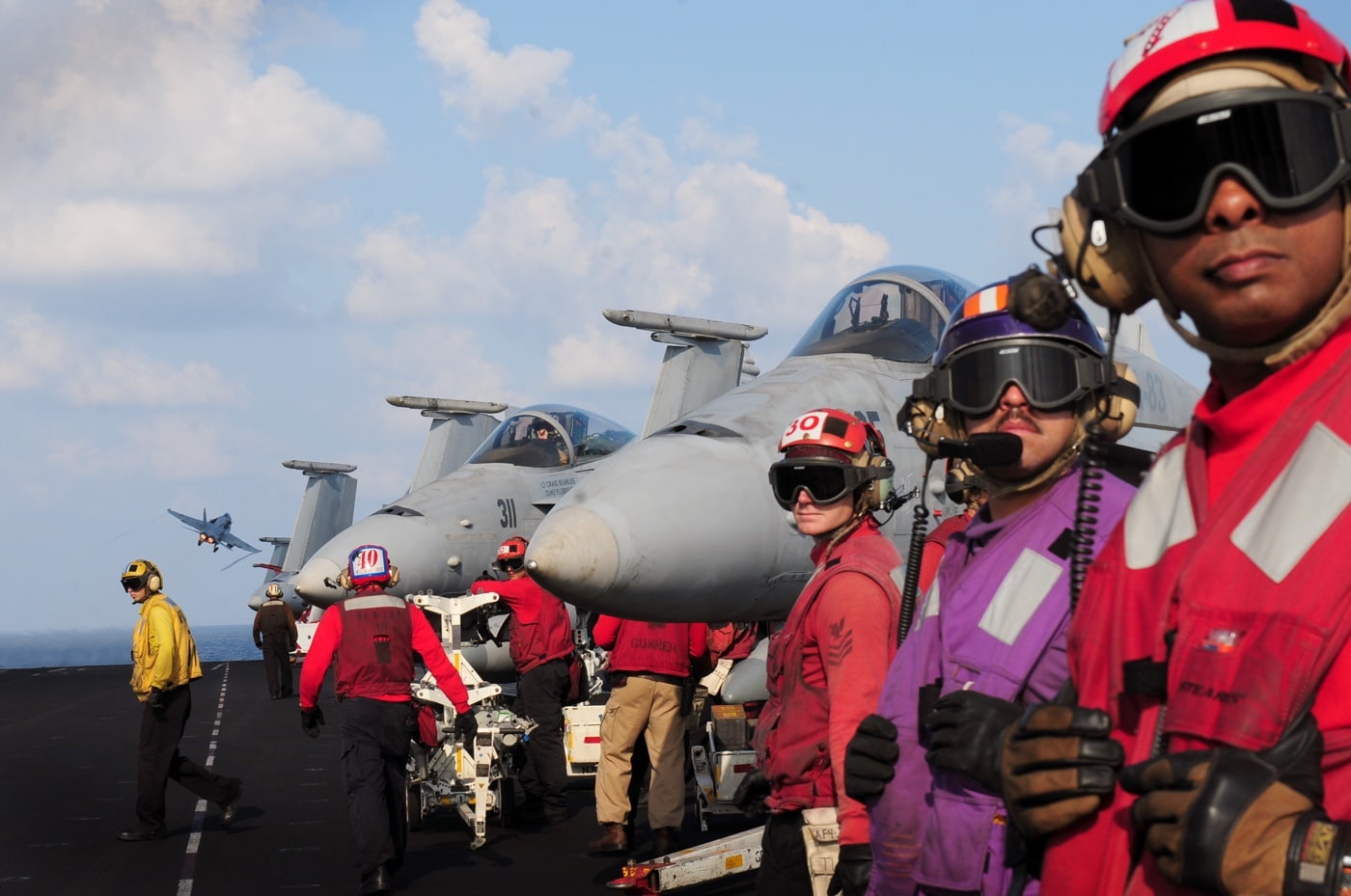
All of the pilot scenes in the film were actually shot with the actors riding in the rear seats of two-seat Super Hornets flown by Navy pilots.
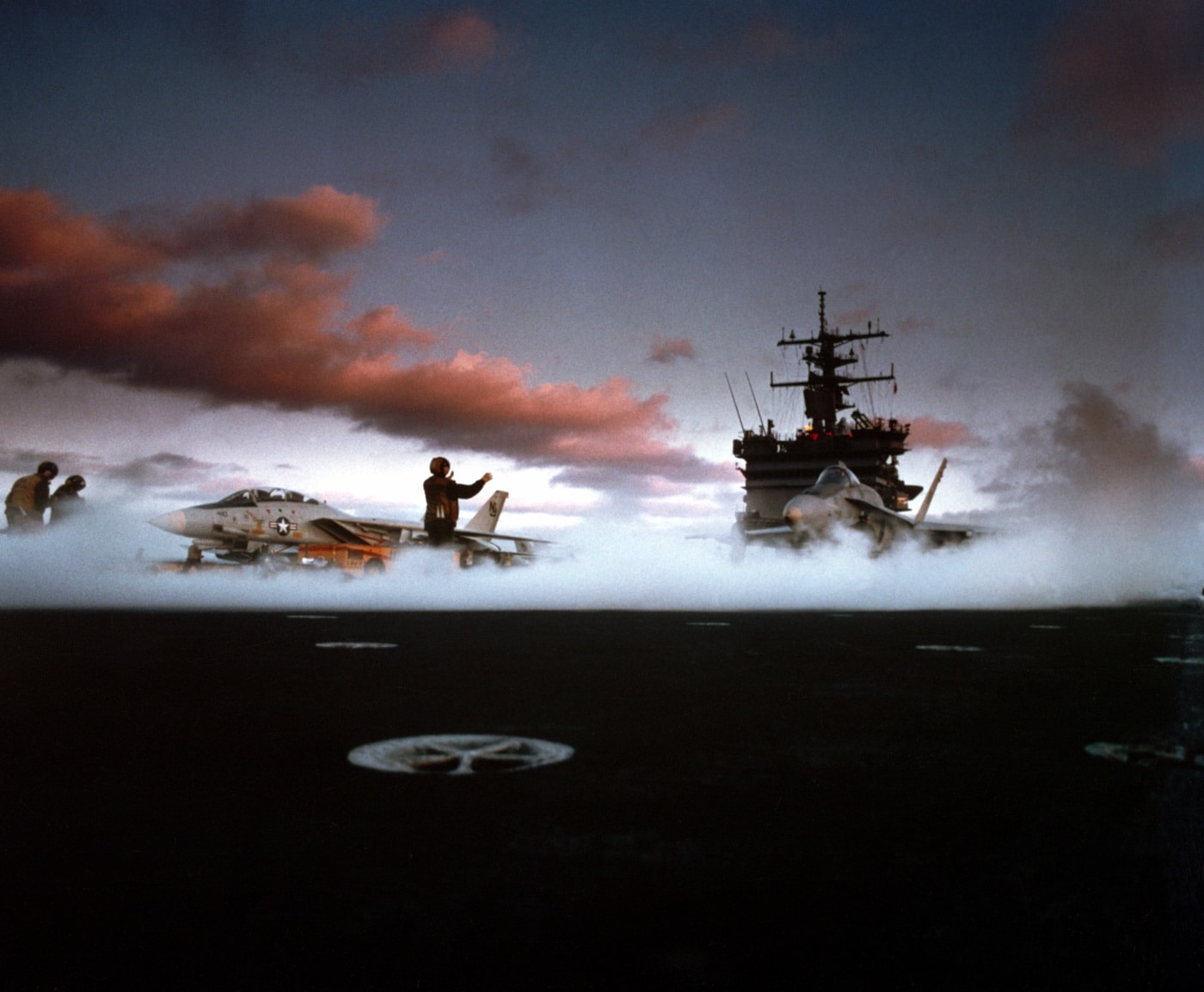
F/A-35 Lightnings would have been a more realistic choice. However, the movie makers insisted on shooting the aerial sequences in real aircraft, and there are no two-seat versions of the F/A-35. The spectacular end result brought in a whopping $1.496 billion dollars.
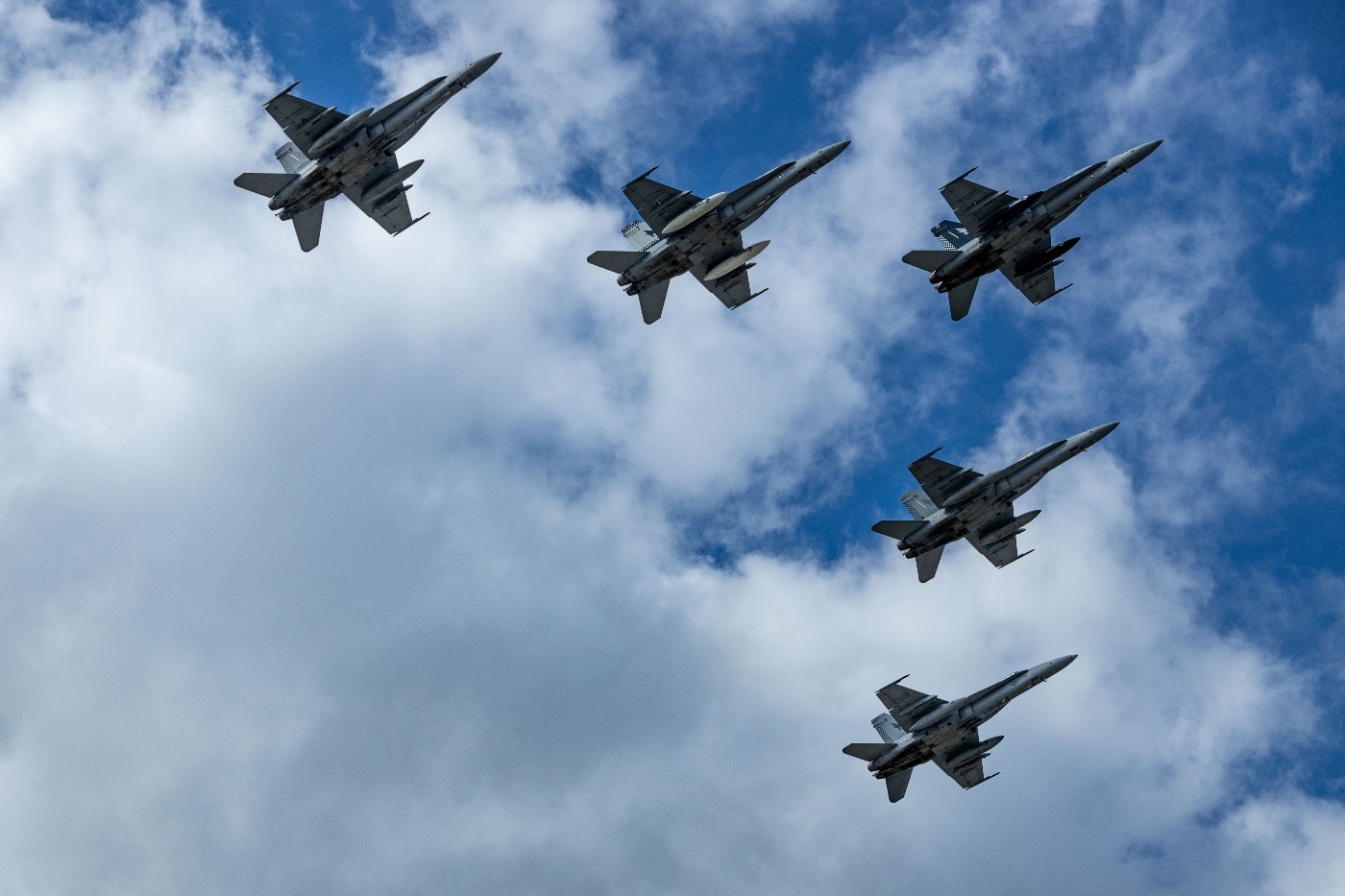
The F/A-18 in all its many variants is one of the post-Cold War military’s greatest success stories. Despite a sticker price of $55.7 million per airframe, the Super Hornet is, amazingly enough, still a relative bargain for its genre.
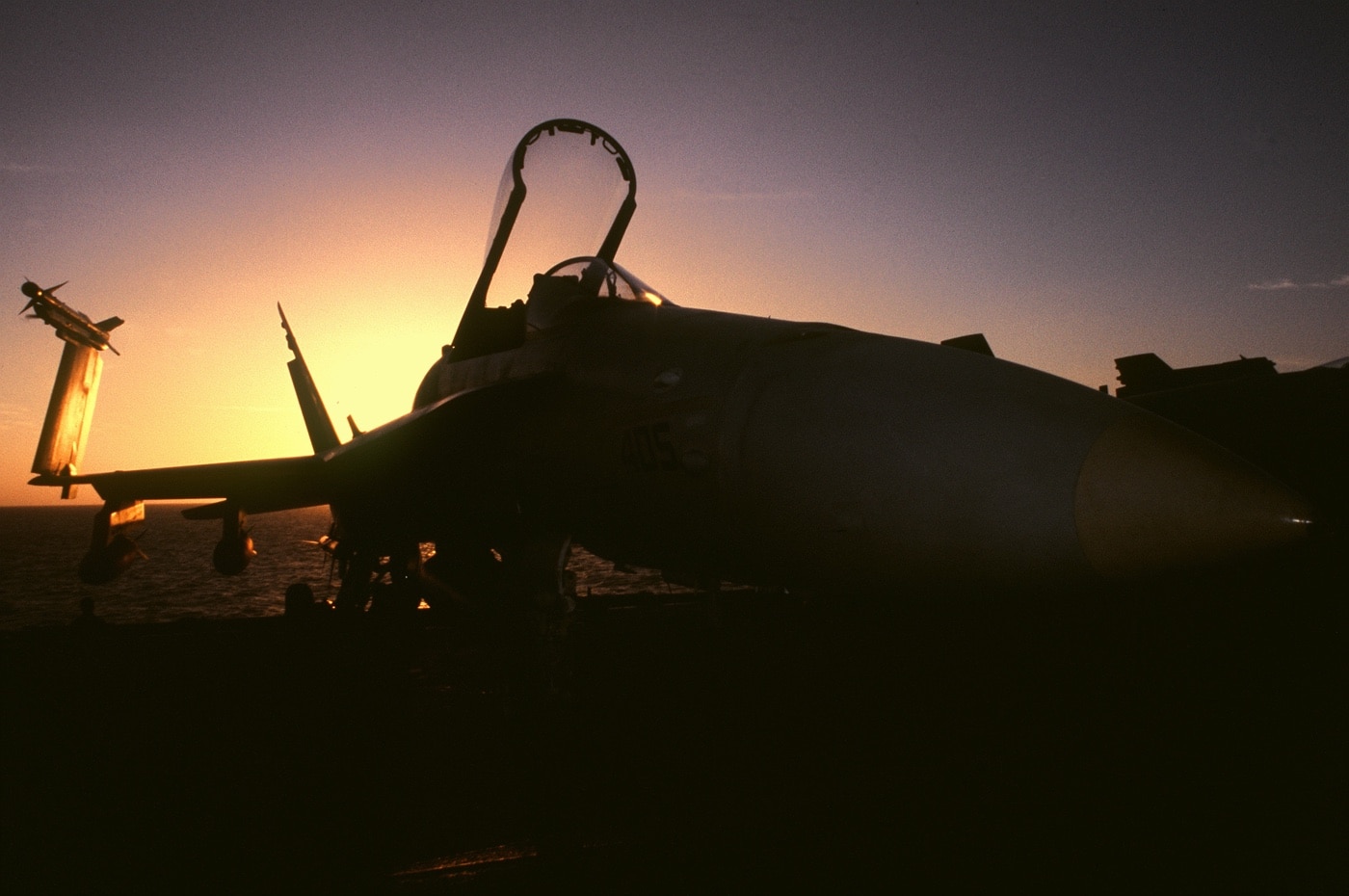
Fast, powerful, rugged and versatile, the Hornet and its variants will continue to soldier on in U.S. service well into the 2030’s.
Editor’s Note: Please be sure to check out The Armory Life Forum, where you can comment about our daily articles, as well as just talk guns and gear. Click the “Go To Forum Thread” link below to jump in and discuss this article and much more!
Join the Discussion
Read the full article here


